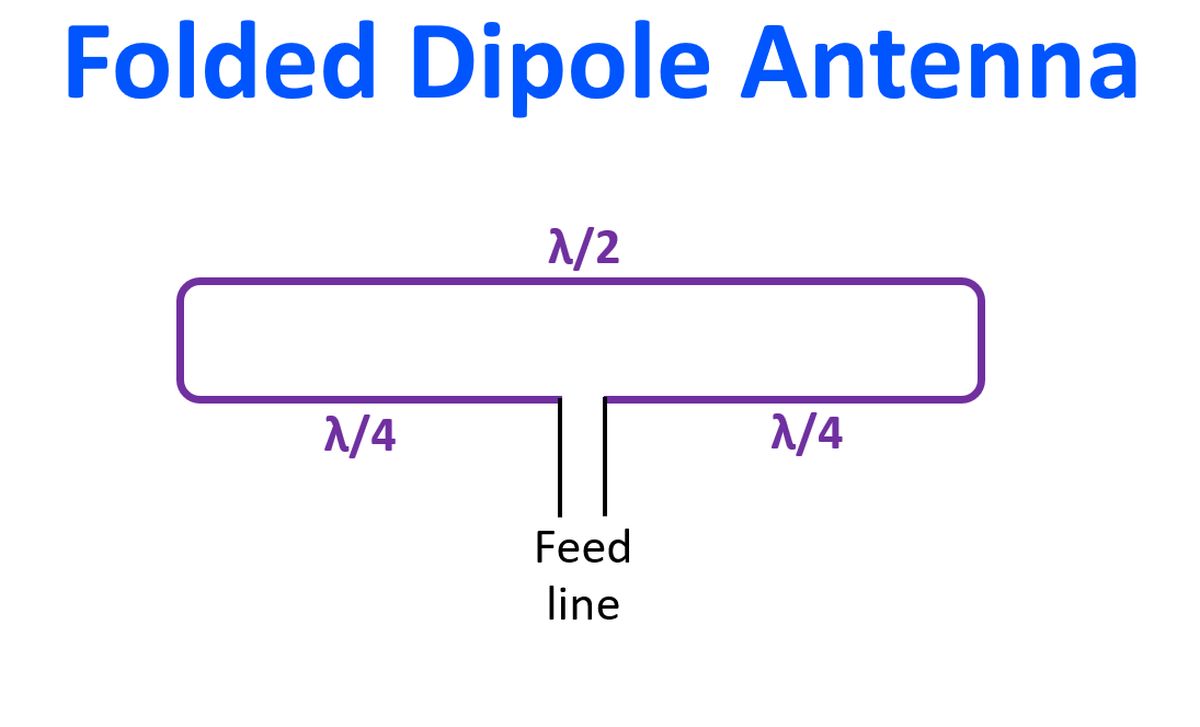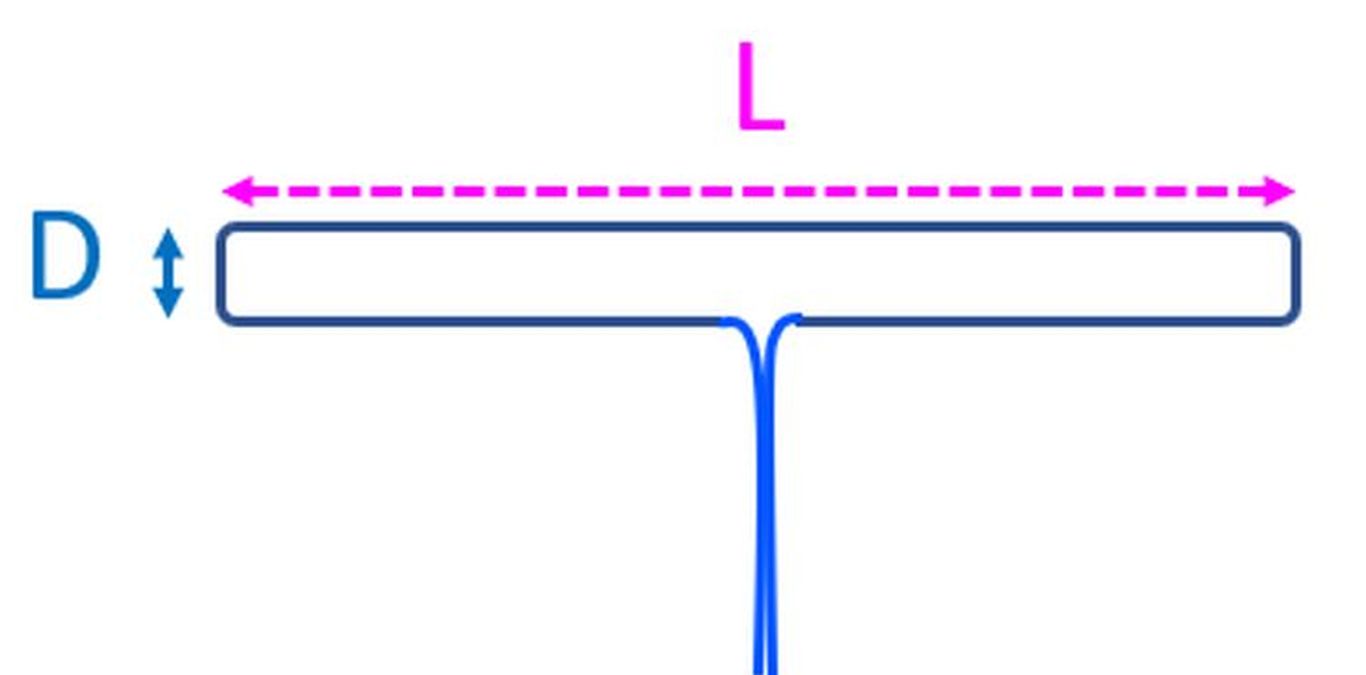Half-Wave Folded Dipole Antenna
Half-Wave Folded Dipole Antenna
Folded dipole antennas were a common site on rooftops as part of Yagi-Uda television antennas in the past. Now with cable television becoming more popular, we seldom see any folded dipole antennas on rooftops in my region. Still folded dipole antennas as part of Yagi-Uda directional beam antennas are popular among Radio Amateurs who operate on VHF and UHF frequencies of the radio spectrum. Viewing from a homebrewer’s aspect, it is technically more difficult to make folded dipole antennas as you have to bend the aluminium tubings usually used for such antennas, at right angles, twice on both sides. Hence I am yet to venture into homebrewing a folded dipole antenna.

Folded dipole can be considered as a dipole antenna on top of which a loop of conductor is added so that it will be short circuiting any direct current fed to the antenna, though antennas are typically fed with alternating currents. Folded dipole is a balanced antenna and has to be fed by balanced feeder like a twin lead ladder line. If a coaxial cable is used to feed the folded dipole antenna, a balun or balanced to unbalanced transformer has to be used. While the usual half-wave dipole antenna has an impedance of about 70 Ohms, folded dipole antenna has an impedance of around 280 Ohms. So it matches well with a ladder line of 300 Ohms impedance. Earlier twin lead ribbon tapes were used to connect the folded dipole television antenna to the television receiver.
Folded dipole antenna has a higher bandwidth than the usual half-wave dipole antenna. There can be variants of the dipole antenna in which the additional conductor loop can have a different thickness, with a change in the feedpoint impedance. Another implementation is adding another loop on top of the first loop so that three longitudinal regions are there for the folded dipole. Such multiconductor folded dipoles can have an impedance of 600 Ohms instead of the 300 Ohms for the standard folded dipole. Bandwidth is higher for such folded dipoles.

One reason for using folded dipoles instead of usual dipoles in Yagi-Uda antenna is to increase the impedance. When parasitic elements are there close by, the impedance of standard half wave dipole antenna may be reduced, sometimes making matching difficult. Another reason for considering folded dipole as part of Yagi-Uda antenna is to increase the bandwith in order to cover a full Amateur Radio band. Radiation pattern of a folded dipole is similar to the standard half-wave dipole, in a figure of 8 pattern in the E-Plane. As the two conductors are near each other, the folded dipole is considered like a single conductor of half wavelength and has a directivity similar to half-wave dipole. The distance between the conductors is small compared to the wavelength of the operating frequency.

Half-wave folded dipole is commonly used as the driven element of a Yagi multi-element antenna. Like a half-wave dipole antenna, the folded dipole is also resonant and radiates well at odd integer multiples of half-wave lengths. As mentioned in case of half-wave dipole antenna, it acts as a 3/2 wavelength dipole at three times the fundamental frequency. Folded half-wave dipole antenna is preferred when the impedance has to be higher.